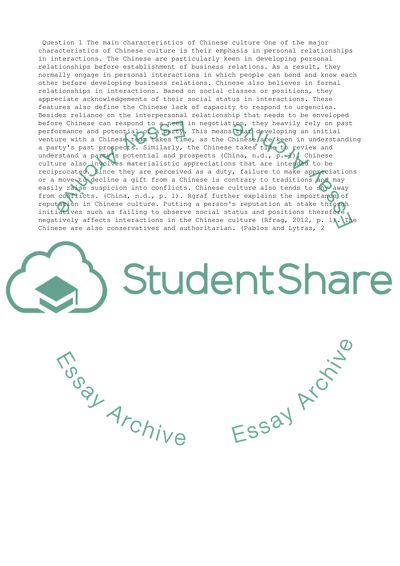Cite this document
(“Differences between China and the US Management Essay”, n.d.)
Retrieved from https://studentshare.org/management/1450134-read-the-case-and-answer-questions
Retrieved from https://studentshare.org/management/1450134-read-the-case-and-answer-questions
(Differences Between China and the US Management Essay)
https://studentshare.org/management/1450134-read-the-case-and-answer-questions.
https://studentshare.org/management/1450134-read-the-case-and-answer-questions.
“Differences Between China and the US Management Essay”, n.d. https://studentshare.org/management/1450134-read-the-case-and-answer-questions.


